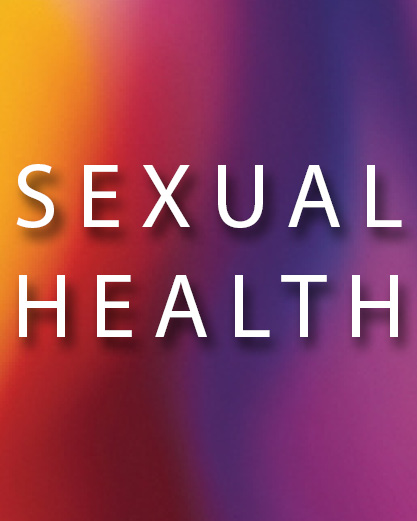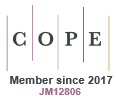Mpox, a viral zoonotic disease, recently emerged as a growing public health concern in the United States. During the 2022 outbreak, a disease investigation team was established by a local health department as part of its emergency response. This report presents an evaluation of the range of outcomes achieved by this team; a composite score was calculated to determine that the team achieved almost two outcomes for every completed investigation. Health departments may consider similar approaches to conduct program evaluations.
SH24197 Abstract | SH24197 Full Text | SH24197PDF (343 KB) Open Access Article





